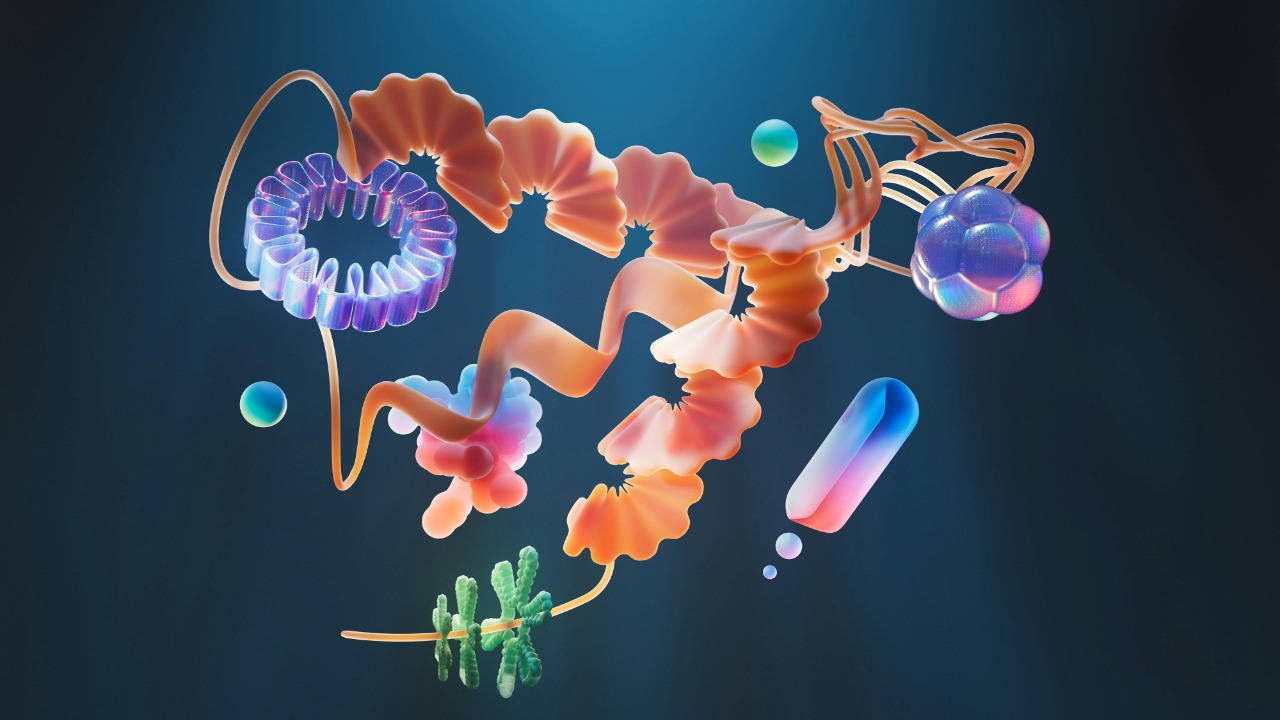
Recent research has shed light on the complex processes that cells use to maintain the quality of mitochondrial DNA (mtDNA) for inheritance across generations. These processes are particularly important in idle egg cells, which have unique defenses to protect their DNA from damage during periods of inactivity. Furthermore, advances in real-time assessment of mitochondrial DNA heteroplasmy dynamics at the single-cell level and targeting mitochondrial quality control for therapeutic strategies offer promising tools and applications for major diseases.
Mitochondrial DNA Fundamentals
Mitochondrial DNA (mtDNA) plays a crucial role in cellular energy production. It is a small, circular molecule that resides within the mitochondria, the powerhouses of the cell. The quality of mtDNA is vital for generational transmission as it encodes essential proteins for the electron transport chain, the cell’s primary energy-producing system. However, mtDNA has a high mutation rate compared to nuclear DNA, necessitating specialized preservation mechanisms to maintain its integrity. Understanding these mechanisms is foundational to the study of mitochondrial quality control.
Quality Control in Somatic Cells
In somatic cells, quality control mechanisms such as mitophagy and other degradation pathways help maintain mtDNA integrity by eliminating damaged mitochondria. Additionally, fusion and fission dynamics within the cell serve to dilute faulty mtDNA copies, further preserving the quality of the mitochondrial genome. These processes are illuminated by real-time assessment techniques that reveal shifts in heteroplasmy, or the presence of multiple types of mtDNA, within single cells.
Protection Mechanisms in Germ Cells
Germ cells employ unique mechanisms to preserve mtDNA quality for the next generation. During oogenesis, or egg cell formation, a bottleneck effect occurs that selectively filters high-quality mtDNA. Additionally, germ line cells have active repair pathways to correct mtDNA mutations before transmission. These strategies contribute to long-term germline stability, as outlined in a recent report on cellular preservation strategies.
Defenses in Idle Egg Cells
Idle egg cells, or oocytes, have unique defenses to protect their DNA during periods of inactivity. These include transcriptional silencing and reduced replication, which minimize mtDNA exposure to damage. Additionally, antioxidant systems and DNA packaging mechanisms shield mtDNA during the long dormancy of egg cells. These protective adaptations are detailed in a study on how ‘idle’ egg cells defend their DNA from damage.
Heteroplasmy Dynamics and Monitoring
Heteroplasmy, the coexistence of mutant and wild-type mtDNA within a cell, has significant implications for disease inheritance. Real-time tracking methods at the single-cell level allow for observation of shifts in mtDNA populations, providing insights into the dynamic nature of heteroplasmy. Findings from a real-time assessment of mitochondrial DNA heteroplasmy dynamics underscore the importance of these changes.
Therapeutic Targeting of mtDNA Quality
Enhancing mitochondrial quality control through pharmacological approaches offers potential treatments for neurodegenerative and metabolic disorders. Gene therapy options aimed at editing or amplifying healthy mtDNA copies also hold promise. These and other new therapeutic strategies for major diseases are being explored through mitochondrial interventions.
Generational Inheritance Challenges
Quality preservation of mtDNA is crucial for preventing the accumulation of defects over generations, given the maternal inheritance patterns of mtDNA. Environmental factors can also influence mtDNA stability during transmission, adding another layer of complexity to the preservation challenge. These considerations underscore the importance of the principles outlined in the study on preserving mitochondrial DNA quality across generations for understanding evolutionary perspectives.
More from MorningOverview